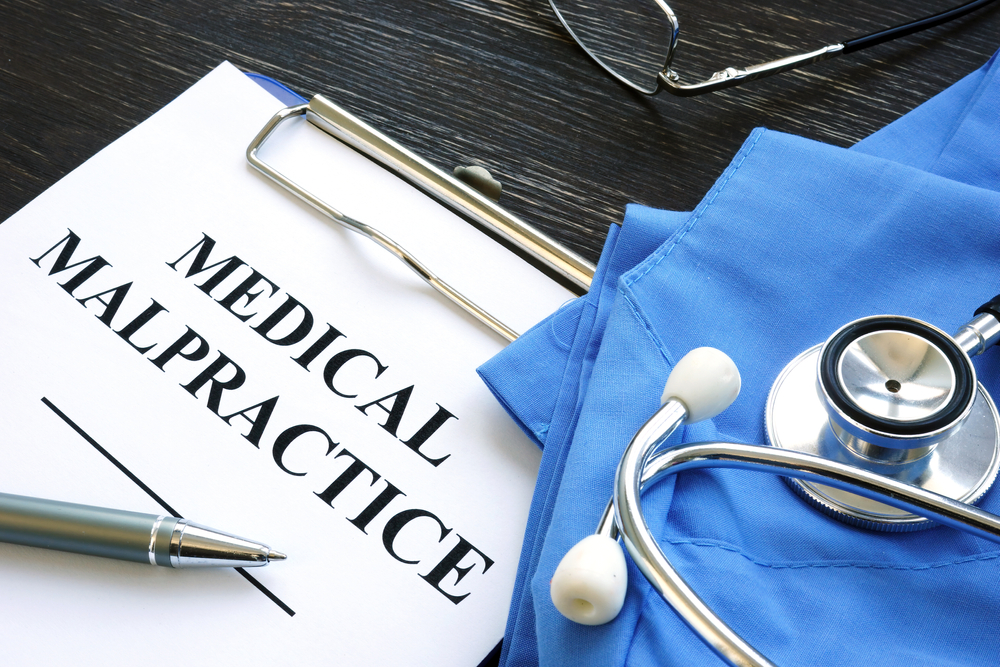The legal world is rife with terminology that often overlaps, creating confusion for laypeople navigating these treacherous waters. Two terms that often get interchanged but differ significantly are “medical malpractice” and “personal injury.” Understanding how medical malpractice fits into the broader category of personal injury law can empower you when seeking justice for wrongs committed against you or a loved one. This blog aims to delineate the relationship between medical malpractice and personal injury, outlining the nuances that set them apart yet connect them intrinsically.
What Is Personal Injury Law?
Personal injury law encompasses a broad range of situations where an individual suffers harm due to someone else’s negligence, recklessness, or intentional actions. This legal arena covers diverse cases, from automobile accidents and slip-and-falls to defective products and wrongful death. While it’s tempting to see personal injury law as a monolithic entity, it’s a complex field with various subcategories, one of which is medical malpractice.
In personal injury law, the focus is on securing compensation for the injured party, often referred to as the plaintiff. This compensation, generally termed “damages,” aims to make the plaintiff “whole” by covering medical expenses, loss of wages, pain and suffering, and sometimes punitive damages to punish the defendant.
Defining Medical Malpractice
Medical malpractice is a specific type of personal injury claim that involves healthcare providers, such as doctors and nurses, or medical institutions like hospitals. In a medical malpractice case, the plaintiff claims that the healthcare provider deviated from the standard of care expected in the medical community, leading to injury or death. These cases often require expert testimony to establish the standard of care and how the healthcare provider failed to meet it.
Unlike general personal injury cases that might involve straightforward evidence like accident reports or eyewitness accounts, medical malpractice claims often hinge on complex medical records and procedures. Because of this complexity, medical malpractice cases are often more protracted and expensive than other types of personal injury claims.
Overlapping Elements: Negligence and Liability
Though medical malpractice is a subset of personal injury law, both share key legal concepts, chiefly negligence and liability. In both instances, the plaintiff must demonstrate that the defendant owed them a duty of care, failed in that duty, and thus caused harm. In a car accident, this could mean showing that the other driver was speeding; in a medical context, it could mean proving that a surgeon made an error during an operation.
While the notion of negligence remains consistent across the board, medical malpractice claims often demand a higher standard of proof. The plaintiff must usually bring in expert medical witnesses to testify about the standard of care and how the healthcare provider failed to meet it. This higher evidentiary burden makes the connection between negligence and liability more intricate in medical malpractice cases than in general personal injury claims.
Legal Complexities in Medical Malpractice Cases
Medical malpractice cases introduce legal complexities not often found in other personal injury claims. For example, many jurisdictions have “caps” on the amount of damages a plaintiff can recover in a medical malpractice case. Additionally, some states require the plaintiff to submit an “affidavit of merit” when filing a medical malpractice claim, a statement from a medical expert affirming that the plaintiff’s case has merit.
The legal landscape for medical malpractice also includes stringent procedural rules, such as pre-litigation screening panels in some states. These panels assess the validity of a claim before it goes to court, adding another layer of complexity and potential delay. While stipulations aim to deter frivolous lawsuits and protect medical professionals, they also raise the bar for plaintiffs seeking justice, making legal assistance even more vital.
Conclusion
Though medical malpractice is a specialized field within the larger realm of personal injury law, understanding its unique features and challenges is critical for anyone facing such an unfortunate situation. Knowing the complexities and overlapping elements of these two legal areas will help clarify the legal process and empower you to make informed decisions when seeking justice and compensation.
Navigating the intersection of medical malpractice and personal injury can be a daunting experience. Given the high stakes, choosing the right professional legal representation can make a difference. If you or a loved one has been a victim of medical malpractice, don’t go at it alone. Our experienced team specializes in personal injury and medical malpractice cases, ensuring you have the most robust representation possible. Contact us today for a consultation, and let us guide you through this complicated legal landscape toward the justice and compensation you deserve.








